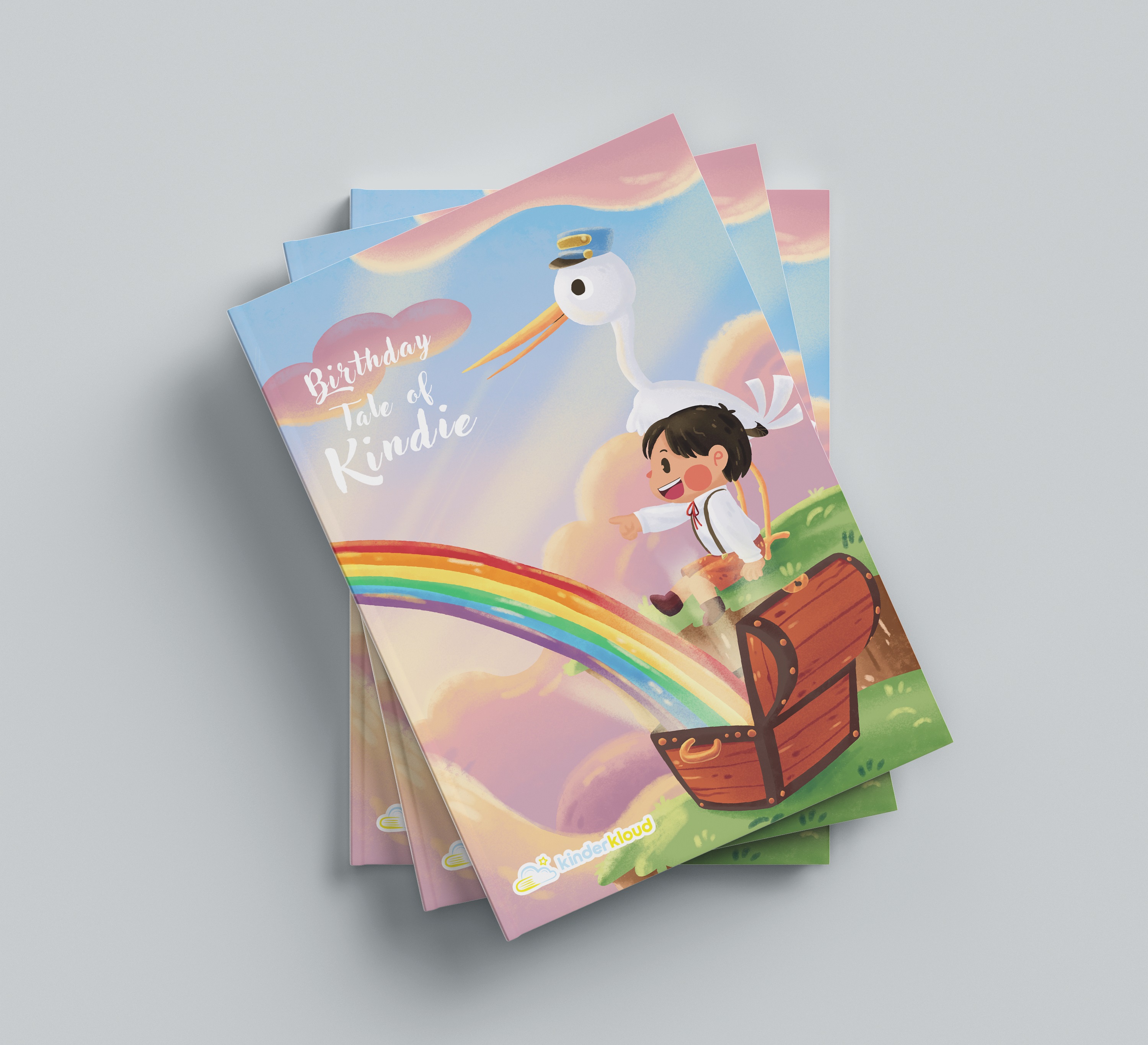Practice Being Flexible!

In carrying out daily activities, sometimes we will be faced with problems. Problems that arise usually come from a change or something that is not expected. Problems can be interpreted as a situation where something we expect does not match with reality. The problem faced can be a small problem or a big problem. There are problems that occur and changes that occur require us to be flexible. This flexible ability needs to be trained from an early age.
Sometimes some children, especially children with special needs, have rigid thoughts or ways. This will be a problem because they will find it difficult to adapt when problems come and it is difficult to socialize. For example, when a child only wants a toy plane and when the toy plane is not there, he will cry or not want to play. Another example is when parents cancel plans to play on the playground because the weather suddenly rains.Even though there are many alternative ways and solutions when the things we want don't exist. So this is where the importance of a child has "flexibility" in dealing with problems.
What is Flexible?
In simple terms flexible is not rigid. Rigid means there is only one way, one solution. Flexibility is the opposite. Flexible thinking is the ability to see things from different perspectives and find alternative approaches to the challenges and changes we face. In simple terms, flexible thinking is thinking by looking at many ways and with many solutions. Flexible thinking is needed in carrying out social life, especially to solve problems and reach agreements. For example, when you need to cancel vacation plans because a family member is sick. Children who have not learned flexibility will not accept it and raise behavioral issues.
Let's practice flexible thinking!
One way to practice flexible thinking is to use the tortoise method. Here's the explanation!
When your plans or what you want isn't available….
1. STOP
When you already feel annoyed because the thing you want isn't there, you can STOP to pause.
2. Come on into the Shell!
After you pause, you can hug yourself like a turtle going into a shell. When you hug yourself, you take 3 breaths.
3. Thinking “What's my problem?”!
After taking 3 deep breaths. You have become calmer. That's when you can think about what is your problem. Is it a small problem or a big problem?
4. Find the solution!
Once you have calmed down and know what your problem is, you can find a solution! Once you've come up with a solution, you can come out of your shell and be ready to execute a new plan or solution!
By Salsabiltuzzara Jaha S.Psi of the BehaviorPALS Center
Source
https://challengingbehavior.org/docs/TuckerTurtle_Story.pdf
Flexibility, Rigid, Autism, Children
Special Needs / Berkebutuhan Khusus / Psychological Development / Tumbuh Kembang Psikologis / Education / Pendidikan / Practice Being Flexible!
Comments













